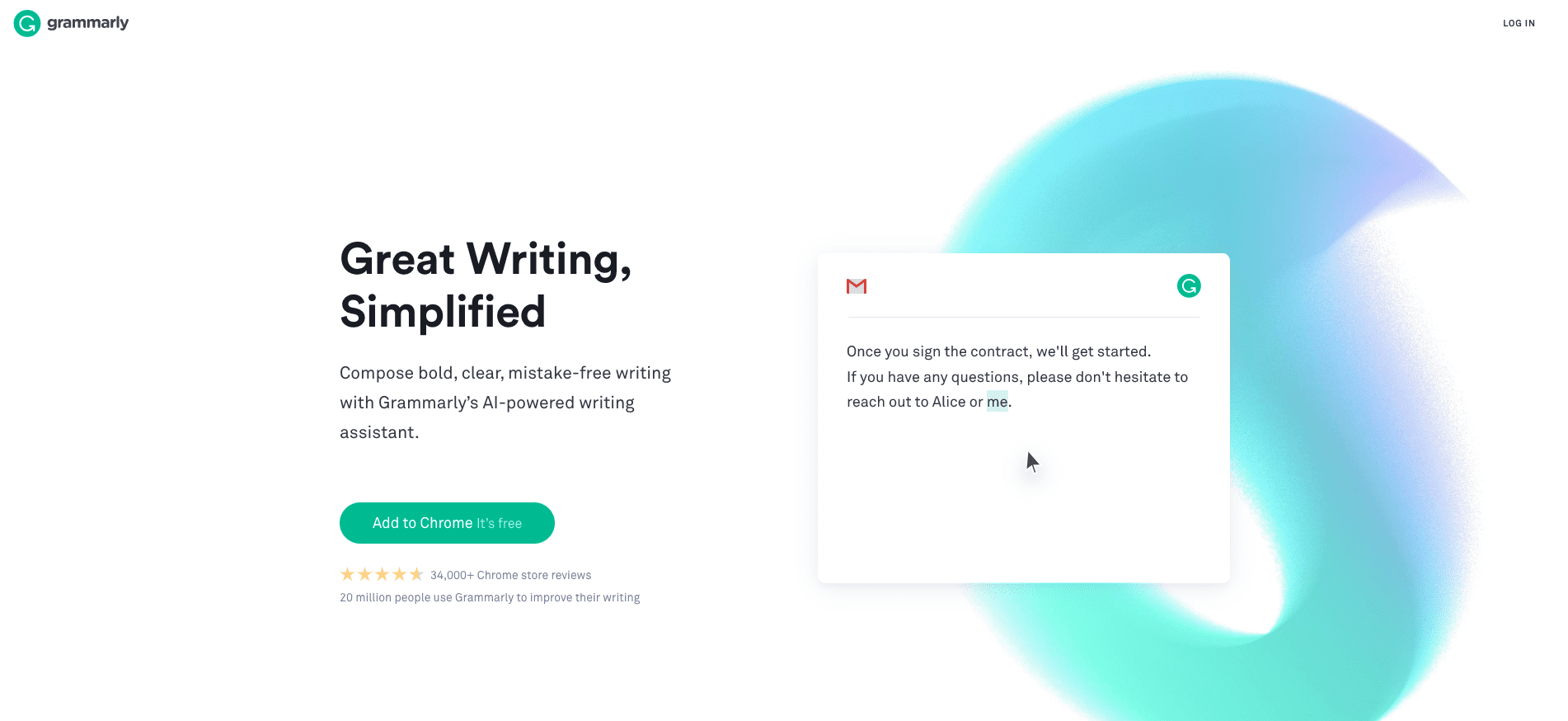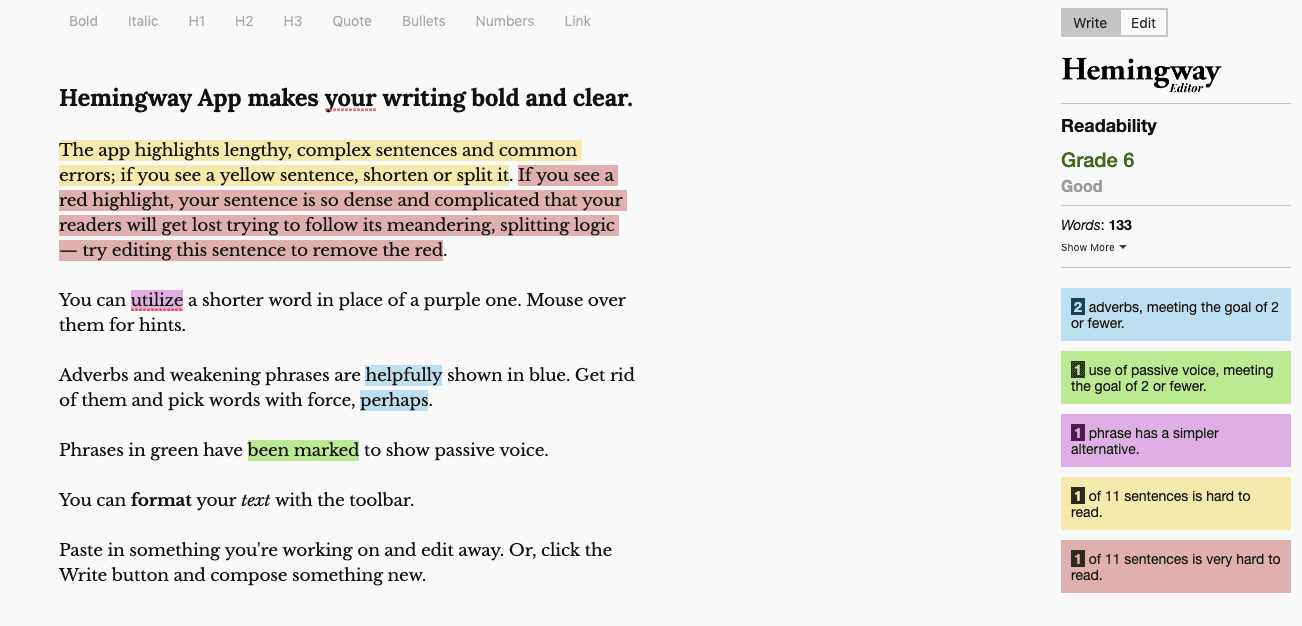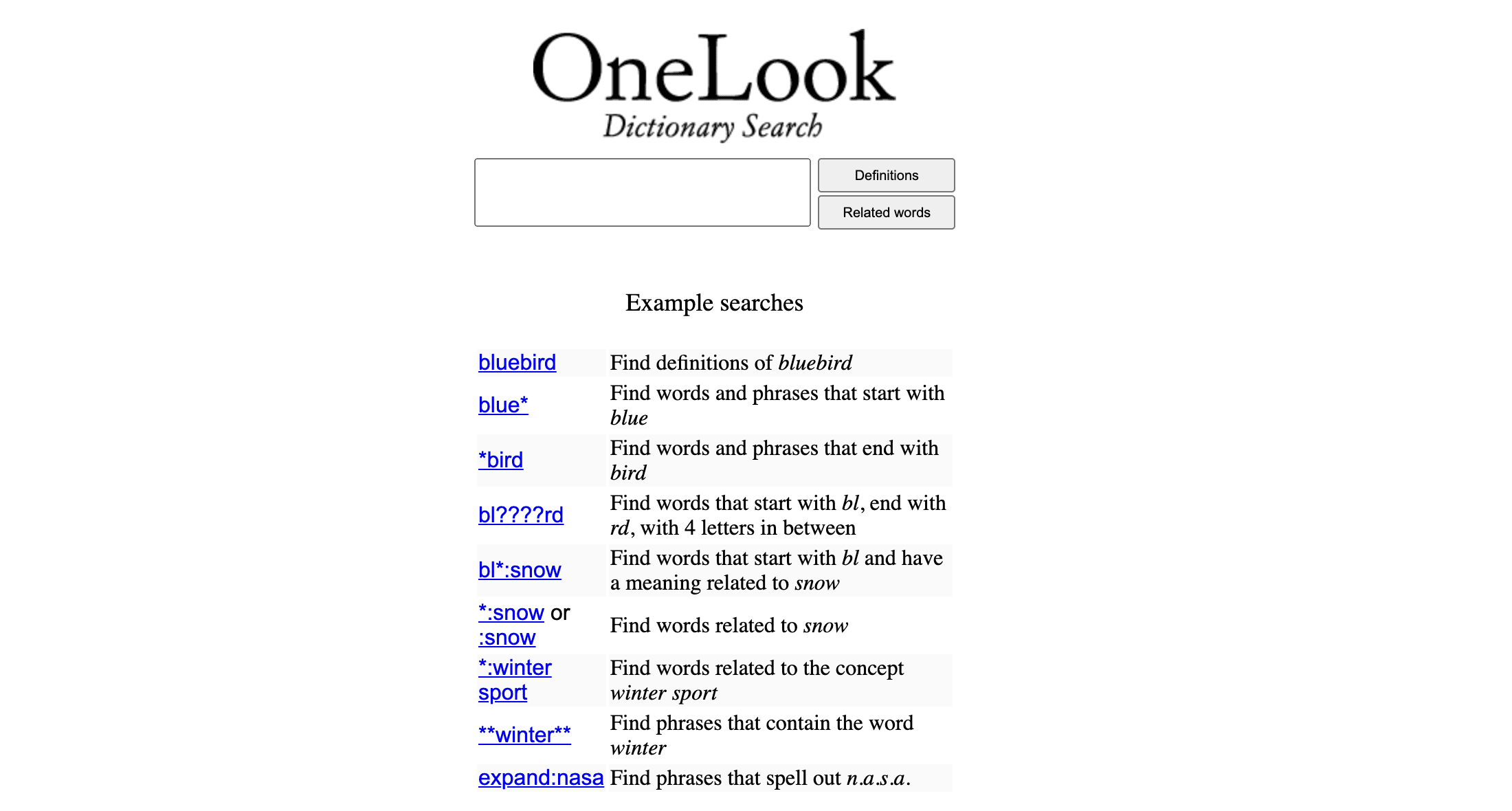A good report typically involves presenting your investigation and analysis of information, in which you make proposals and recommend action. It should be short, sharp and concisely written for a specific audience and purpose. It’s indeed a factual paper and needs clarity and good structure.
Writing a report, therefore, should be in stages and despite the many different types of reports – including business, academic, scientific and research reports – the fundamental steps for writing them are the same. There are a number of writing services that will craft the most effective report for you, with that said, if you choose to do it yourself, you should know what stages that go into writing a report.
1. Know your purpose
Having a clear understanding of the purpose of your report will help to set your tone, direct your research and ultimately hit your target on the head. To develop a sound understanding of your report and before you begin your research, consider the following questions:
- Why is the report needed?
- What is needed? Consider outcomes
- Who is your target audience?
- When do I need to do it?
Effectively, you must understand why you’re writing the report and what your outcome will be – whether that’s to investigate a company’s sales and make project proposals to improve them, or if you’re researching the effects of climate change and making recommendations to minimise such effects.
Understanding your purpose and knowing your audience will help direct your research. For example, if your target audience is predominantly parents, one might seek information from parenting groups online. If the nature of the report is based on historical accounts, perhaps research should commence in libraries and national archives.
Basically, knowing your purpose is the pre-plan to your report.
2. Underline your methodology
Your methodology will lay out precisely how you will collect, organise and analyse your information to form your report. In a research paper, the methodology allows the reader to evaluate the report’s overall validity and reliability. In others, like business reports, the methodology section simply allows you and your readers to understand how the information is organised and how you came to your inferences.
Most comprehensive reports, depending on their nature, will include a section laying out the method it uses. Whether you include this information in the report or not, you should still answer the following questions. When writing your report, note that the methodology section should be written in the past tense.
- The type of research you did (qualitative or quantitative)
- How you collected information (primary or secondary data)
- How you analysed your data
- The tools and materials used in the research
- Note your rationale for using these methods
Answering these questions will help you draft the methodology section of your report – which will, in turn, outline the steps you took in your research. It’s a good way to gather your resources and ensure you have access to all the information you need. Once you figure out what information you need, think about where you’ll find it.
Clearly, this section of your report warrants some strategic planning It’s an important one that shouldn’t be forgone. The purpose of your methodology is twofold – it keeps you on track and provides clarity and validity to your readers.
3. Research
Arguably the most important and interesting process in report writing, and one which varies according to your purpose and methodology (as laid out in section 1 and 2 of the guide). For any report to stand the test of scrutiny, it must be in-depth, factually accurate and relevant.
Will you have to do some background reading? If so, think about your sources. Do you have access to the documents and articles you need? Consider contacting the library for assistance, or delve into more sophisticated sources like the national archives or libraries. Will you be observing, interviewing or surveying people? Remember to acquire the rights to do so and be clear on your ethics.
Keep your research question in mind and be creative with your sources.
4. Structuring your report
Typically, the most predominant structure of a report should be as follows and tweaked where necessary:
- Title page
- Abstract
- Content page
- Introduction
- Methodology or procedure
- Findings, discussion and recommendations
- Conclusion
- References
- Appendices
Reports generally all follow similar structure but some details may differ. Structure your report according to the type of report you are writing. Research reports, business reports, academic reports and investigative reports all have their own standards when it comes to layout, content and structure.
Data and statistics are often a critical element of most business reports given the units of measurement and metrics that are often compared and forecasted. Structuring tables, graphs and charts as visuals are only helpful to the reader when they’re clear and explained. As such, business reports should be broken down into sections accordingly to avoid overcomplicating the content and confusing readers.
Structuring a report can vary according to how formal it has to be. Reports in the humanities, arts and social sciences often have more scope for creativity. For example, a report exploring the direction of punk fashion in the coming decade, to be published on a personal blog can and should throw most formalities out of the window. Basic SEO principle shows that Interesting content attracts readers and drives traffic to a blog. Get creative with visuals, font, structure and headings.
5. Draft one
Here’s where the fun really begins. With your plan and research to hand – it’s time to start putting it all together to form your points, articulate your evidence and make your proposals. Following the structure that best accommodates the needs for your particular report, start writing it up.
The actual written content of a report is key to its success. Online writing tools can help to maximise the quality of your written work. Use Grammarly for an easy to install writers-mate which runs in the background of your document tp pick up on spelling mistakes and grammatical errors as they occur.

Hemingway editor highlights complex sentences and common errors. It’s a great tool to create readable content that sets your writing apart. This tool is particularly useful for reports that will be published online. Writing for the web calls for readable content, of which foregoes jargon for simpler language.

Most reports will have a predetermined word count. Useful tools like Wordcounter does precisely as the name suggests. It also counts characters, sentences and paragraphs. Whilst this is only draft one, meaning you’ll have another opportunity to meet your word count; it helps to keep track of words through the entire process. You don’t want any time-consuming surprises when it comes to editing later on.
Most people who have sat down at a computer in an attempt to write almost anything will be familiar with writer’s block – often leading to procrastination. Often this results in countless hours spent on Pinterest pushing back your report’s finishing date Thankfully, Google Chrome offers a browser extension that helps. StayFocused allows users to disable web browning temporarily – allowing you to focus on getting your report written up. You can block web browsing all together or allow access to certain websites and digital tools (like your essential writing tools). If gaming is your weakness, you can customise StayFocused to block certain types of in-page content like games and videos.
6. Rewrite your report
Long before you can call your report ‘finished’ it’s time to rewrite it. As you read through your first draft, you’ll almost certainly see why a rewrite was necessary. From restructuring sentences and replacing words to restructuring paragraphs, sections and replacing ideas. Sometimes all it takes is to see the finished product to notice what you need to change.
There are some useful online tools to use when rewriting a report – or any type of content for that matter. As you begin to read your content and rewrite it, you’ll probably find that you have several favourite words. When it comes to word repetition, it doesn’t take much for your readers to start counting them and neglect the message in your report.
Word repetition or even the repetition of points and ideas is a surefire way to disrupt your readers and break the flow of your content. When you identify a repeated word, you must come up with a synonym to replace it. The One Look Reverse Dictionary is a good place to turn to for help. Use it to discover a list of synonyms. The tool also has the ability to search for words by the definition. Meaning, you’ll be sure to find the perfect match.

Having read through your first draft, you may find points which could be expanded on, or perhaps you need relevant opinions to point you in the right direction. Turn to online discussion forums like Reddit and Quora to gain an insight into what others have to say on your topic. This could provide you with what you need or spark inspiration to continue researching.
The rewriting process isn’t limited to just once. Once you have our second draft in hand – read through it to determine whether it needs any large structural changes – in which case, it should be rewritten again. Complete the process until you’re satisfied with the structure and format of your report.
7. Proofread your report
For anyone who’s ever taken a writing class or have themselves ever written anything – you’ll know that there are some fundamental differences between editing and proofreading. The editing process is all about picking up on things that need to be changed. Only when the editing process is complete and when you’re happy with the structure of your content should you proceed to the final stages of proofreading.
Proofreading is ultimately the process of proofing your work. You should have caught any major errors in the editing process, so this is an opportunity for the writer to read, for the first time, a finished copy of their report.
Look closely for any minor spelling mistakes or grammatical errors for a polished finish. Since it’s always easier to find flaws in other peoples writing, now is a good time to bring in a second, third and fourth pair of eyes to proofread your report. Despite the fact that your content has been scanned by online tools like Grammarly and Hemmingway – nothing quite compared to the scrutinising capabilities of the human eye.
8. Checklist
There’s never a right time to officially announce any piece of writing ‘complete’. But there has to come a time when you run through your report checklist and signet off, publish it or share it with your audience. Here it is:
- Have you done what you set out to do? If you diverted, did you make a comeback?
- Are all required sections included and in corresponding order with the content page?
- Is all the information accurate and fact-checked with no gaps in the information?
- Does the information in your findings and evidence support your conclusion and recommendations- if not, is this explained?
- Have all terms, symbols, abbreviations been explained and indexed?
- Are all diagrams, tables, graphs and illustrations numbered and labelled?
- Is the formatting of your report correct and consistent all the way through, including headings and page numbers?
- Are you satisfied that the report read well?
Whatever report you’re writing, it’s imperative to remember that your aim is to deliver a perfectly executed research question, with findings, conclusions and recommendations. In many cases, reports aim to make a difference – the best of which come from in-depth and reliable research. Once you have that under wraps, all that’s left is structuring and writing your report. With dozens of online tools to help you through the process, there’s nothing missing from your arsenal of writing tools and capabilities to stop you from writing the most effective report – not even your own inclination to procrastinate, thanks to StayFocused.

